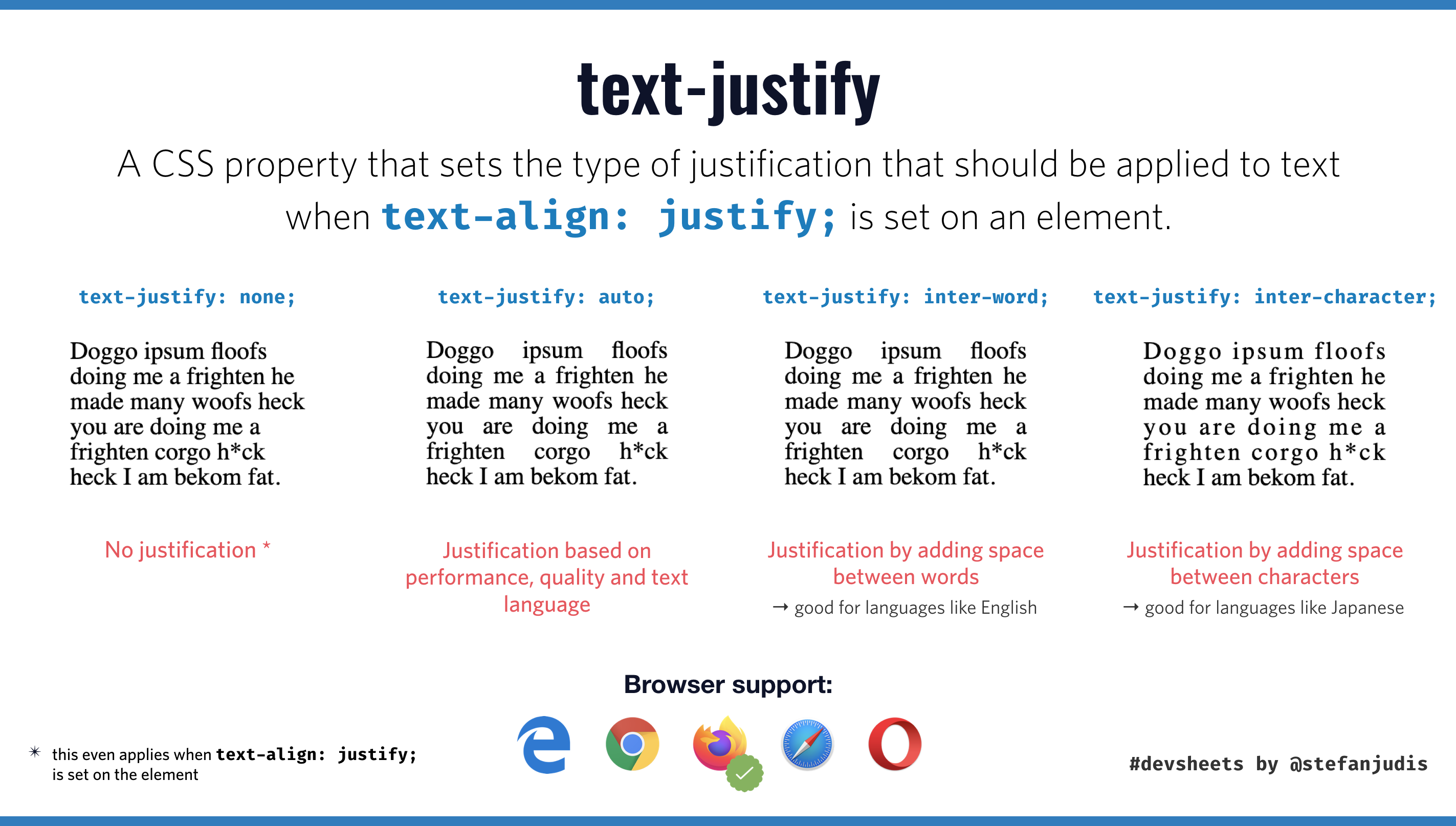

You can also quickly change the formatting for all paragraphs with the same style in an existing document. If you want this new paragraph formatting to be available for all new documents you create from now on, select the “All documents based on the Normal.dotm template” option and click “OK”.Īll paragraphs using the same style as the paragraph you selected are changed to the new formatting.Ĭhange Paragraph Formatting for an Existing Document The following dialog box displays asking if you want to change the default formatting for the current document only or all documents based on the Normal template. This sets the default for the style currently applied to the paragraph containing the cursor. When you’ve made your changes, click “Set As Default”. On the “Paragraph” dialog box, select the settings you want to change (for “Indents and Spacing” and “Line and Page Breaks”, as desired). To achieve this effect, Word can add more or less space between words so that each line fills from one end to the other. Justified text has straight edges on both sides of the page.

The Word method of justifying text has traditionally been.
#How to justify a paragraph in word full#
Those who have used WordPerfect know that full justification is handled differently in WordPerfect than it is in Word. When you 'full justify' text, that means that Word stretches each line so that the text starts and ends at each margin. Make sure the “Home” tab is active and click the “Paragraph Settings” button in the lower-right corner of the “Paragraph” section. TIP: You can also center text by selecting the text and then pressing the CTRL + E keys on your keyboard. Better-Looking Full Justification for Paragraphs. If you open an existing document, put the cursor in the paragraph you want to format differently, or select it. If you want to change the formatting for a different paragraph style, apply that style to the paragraph at the current cursor position. This may not always give the best-looking results, and you may need to make adjustments to get better-looking text. If you create a new file, the Normal style is selected by default for any content initially entered. This is because when you choose to justify a paragraph, Word expands the text on each line by adding space between words and letters. To change paragraph formatting for the current document and all new documents based on the default Normal template, create a new Word file or open an existing Word file. Then, you can apply all these attributes in one simple step by applying the style to the paragraph.Change Paragraph Formatting in the Default Normal Template Simply follow the steps for creating a style (as described in other issues of WordTips) and make sure that the style has the desired indents, justification, line spacing, font size, etc. In WordPerfect you need to select the entire paragraph before pressing F4, but in Word you only need to make sure that the insertion point is within the paragraph you want to format.Īn even better approach in Word is to create a style that defines how you want the formatted paragraph to appear. There is one advantage to doing this formatting in Word over doing it in WordPerfect, however. This two-step approach to the desired formatting is the best one can do, without creating a macro to combine the two steps. You can indent a paragraph by pressing Ctrl+M (indents the left margin to the next tab stop) and you can justify it by pressing Ctrl+J (makes sure the text extends all the way from the left to the right margin). Some folks would like to see such a command in Word, but there is no single command that will perform this operation.

WordPerfect has a command, F4, which indents a paragraph from the left margin and justifies it.


 0 kommentar(er)
0 kommentar(er)
